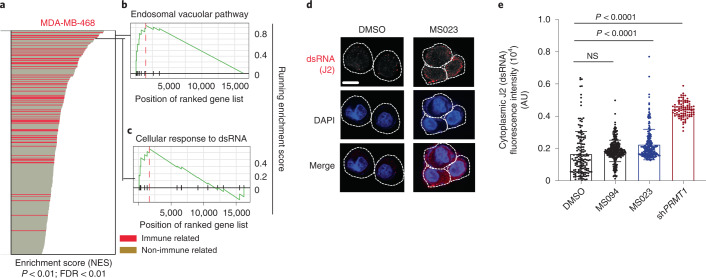Fig. 5. Type I PRMT inhibition induces cytoplasmic dsRNA formation due to increased intron retention.
a–c, Type I PRMT inhibition leads to activation of immune signatures in MS023-sensitive cells. a, Bar plot of upregulated gene sets enriched in the MDA-MB-468 cell line after MS023 treatment. Gene sets associated with immune response are red. Data were analyzed by one-tailed Fisher’s exact test. b, GSEA for gene sets associated with the dsRNA-sensing endosomal vacuolar pathway. Data were analyzed by one-tailed Fisher’s exact test. c, GSEA for gene sets associated with cellular response to dsRNA. Data were analyzed by one-tailed Fisher’s exact test. d, Cellular dsRNA was evaluated by anti-dsRNA (J2) immunofluorescence; scale bar, 10 μm. The images shown are representative of n = 3 independent experiments. e, Quantification of cytoplasmic dsRNA signal intensity; AU, arbitrary units. Data are shown as mean ± s.d.; n = 3 independent biological experiments of at least 85 cells per group analyzed. Data were analyzed by one-way ANOVA with Dunnett’s test for multiple comparisons.

